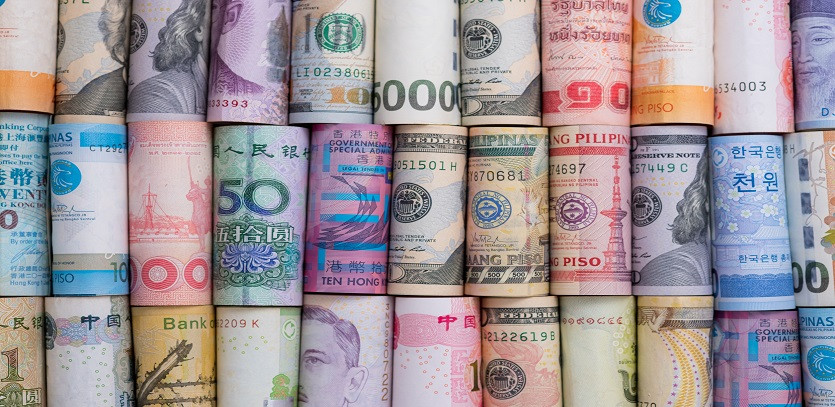The world of currencies is constantly changing, with new currencies emerging and old ones falling by the wayside. Some currencies are growing at a rapid pace, while others are struggling to keep up.
There are a number of factors that can influence the growth of a currency, including economic growth, political stability, and investor confidence. In recent years, some of the fastest growing currencies have been those of emerging markets, such as Brazil, India, and China.
These countries have experienced strong economic growth in recent years, which has led to increased demand for their currencies. Additionally, these countries have relatively stable political systems, which has also helped to boost investor confidence.
Factors influencing the development of fastest growing currencies
There are a number of factors that can influence the development of the fastest growing currencies. These include:
Economic growth: A strong economy is often a major driver of currency growth. When a country's economy is growing, businesses are more likely to invest and expand, which creates jobs and boosts demand for goods and services. This, in turn, leads to increased demand for the country's currency.
Political stability: Political stability is another important factor that can influence currency growth. When a country has a stable political system, investors are more likely to invest in that country, which can lead to increased demand for its currency.
Inflation: Inflation can also have an impact on currency growth. When inflation is high, the value of a currency tends to decline. This is because inflation makes goods and services more expensive, which reduces the purchasing power of the currency.
Interest rates: Interest rates can also have an impact on currency growth. When interest rates are high, investors are more likely to invest in a country's currency, which can lead to increased demand for that currency.
Current situation
The current situation for the fastest growing currencies is mixed. Some currencies, such as the Brazilian real and the Indian rupee, have been under pressure in recent months due to concerns about economic growth and political stability. However, other currencies, such as the Chinese yuan, have remained strong due to continued economic growth and investor confidence.
The future for the fastest growing currencies
The future for the fastest growing currencies is uncertain. However, there are a number of factors that suggest that they will continue to grow in the years to come. These include:
The continued growth of emerging markets: Emerging markets are expected to continue to grow in the years to come, which will lead to increased demand for their currencies.
The rise of China: China is the world's second largest economy and is expected to continue to grow in the years to come. This will likely lead to increased demand for the Chinese yuan.
The decline of the US dollar: The US dollar has been the world's reserve currency for many years. However, the dollar is facing increasing challenges from other currencies, such as the euro and the Chinese yuan. This could lead to a decline in the value of the dollar, which would benefit other currencies.
Conclusion
Overall, the fastest growing currencies are likely to continue to grow in the years to come. However, there are a number of factors that could impact their growth, such as economic growth, political stability, and investor confidence.





